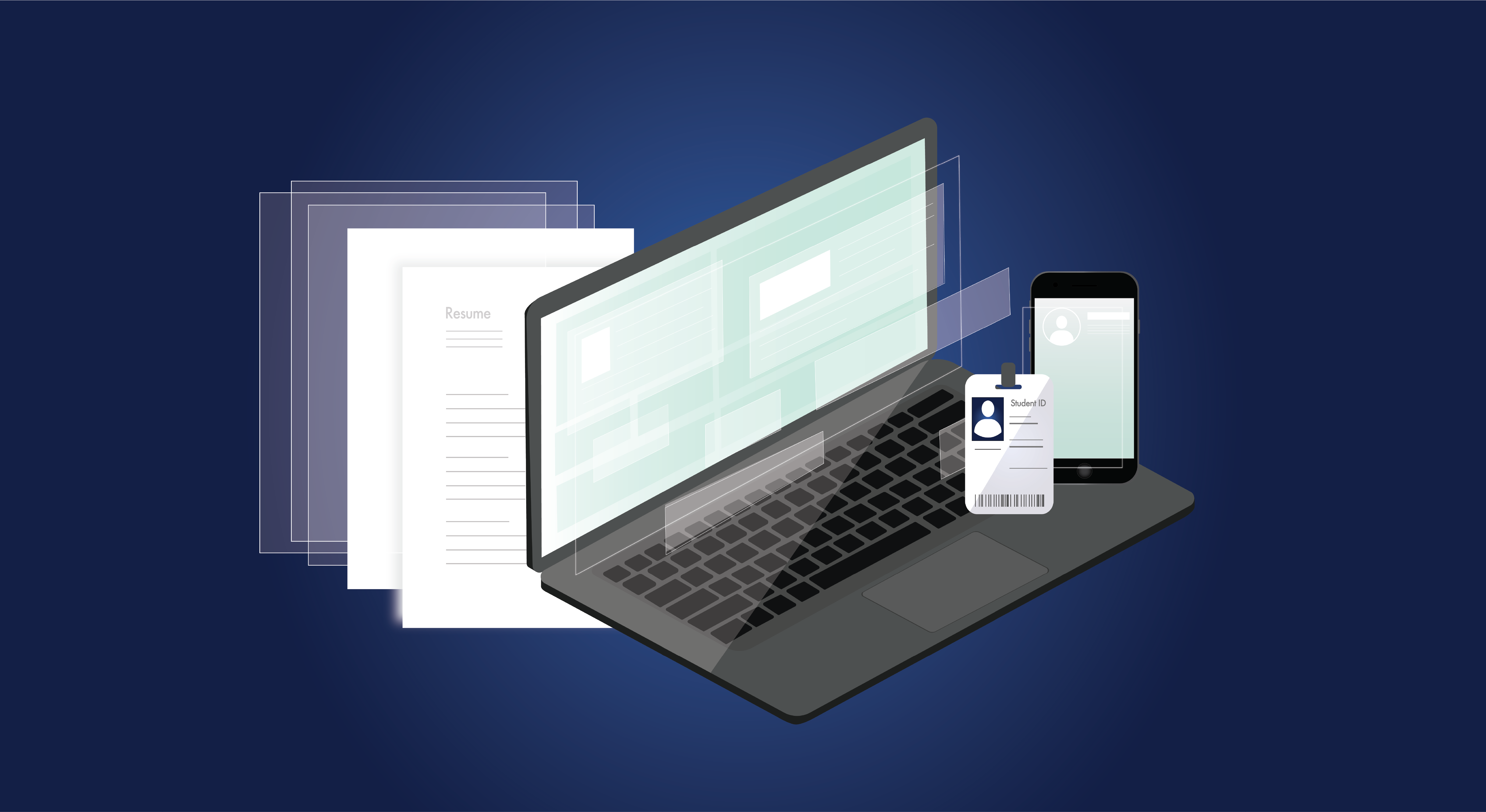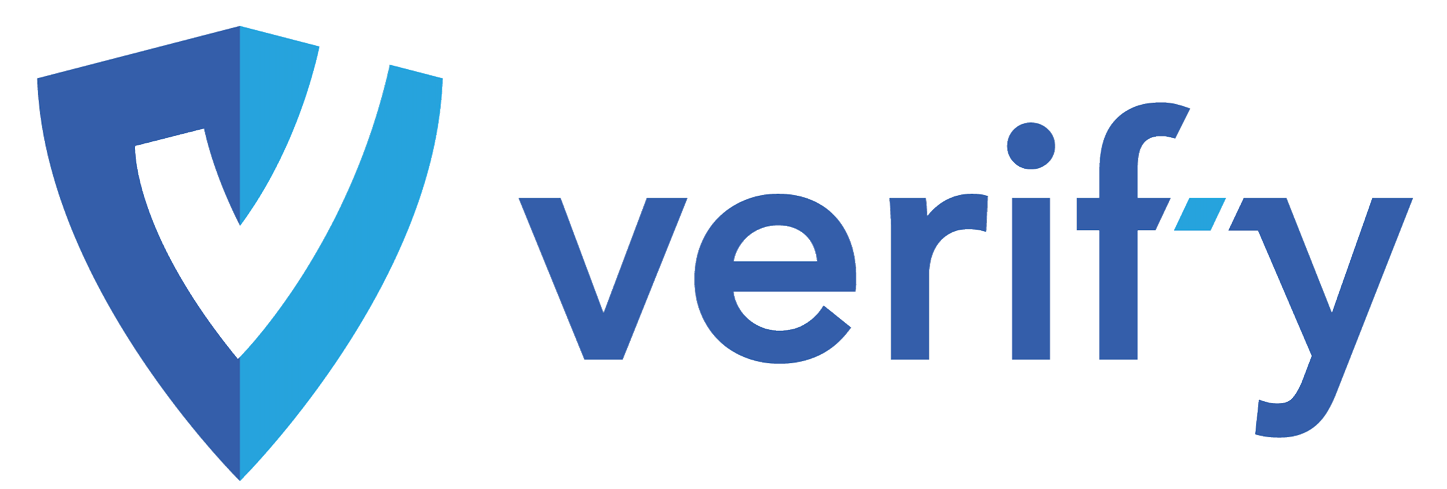A College Student’s Experience with Data Privacy

Ping!
The noise disrupted the otherwise silent room, and I glanced over at the bright rectangular glow emanating from my phone screen.
It was a message from my bank, and the first line read: Credit card charged online or by phone $65.87. I looked at the merchant name, both confused and concerned because I hadn’t made any recent purchases from there. I took a few seconds to reread the words as I tried to make sense of it, and then I finally clicked on the notification.
That was my first experience with credit card fraud, or any sort of identity theft for that matter. It was a quick fix – I reported the fraudulent transaction, got a new card issued out, and waited the standard 3-5 business days. But I never figured out how or where my credit card information was stolen, and this single event led me to scour the web in a search to learn more about how to protect my personal data, data privacy and security.
I never figured out how or where my credit card information was stolen.
Prior to this, I hadn’t been totally oblivious to the lack of privacy on the web. I had seen sprawling headlines before in which huge data breeches were reported to have impacted millions; I was aware that companies and websites collected people’s data to create more personalized user experiences. Yet, my understanding was superficial, and I failed to think beyond the immediate impact or consequences of agreeing to a website’s privacy policy or agreeing to save my credit card or contact information somewhere.
The more that I investigated, the more I realized that no company or industry was 100% safeguarded from the dangers of a cybersecurity breach. Breaches weren’t limited to e-commerce; those in the healthcare and education sectors were also susceptible to having their records and personal data compromised, with several lacking an appropriate and secure infrastructure to be able to mitigate the risk efficiently. It quickly became apparent to me that I had been blindly trusting websites and companies to keep my information safe, and in going forward, a level of precaution and skepticism would need to be taken.

As a current student in college, it astonishes me how easily we hand over information when applying to things such as scholarships, loans, internships, or jobs. We entrust our resumes, diplomas, transcripts, and financial information to dozens, if not hundreds, of companies without a second thought – companies that have been in the past, or can be in the future, vulnerable to data breaches. Student records are even being held at ransom indicating that universities need a robust security system in place, now more than ever with remote learning.
Companies that have been in the past, or can be in the future, vulnerable to data breaches
This obvious gap in the education space exists elsewhere too, but it makes me wonder: what steps can be taken so that students can take ownership and control of their credentials and personal information? And what if there was a streamlined solution to limit who had access to such? Verif-y strives to ensure all students retain this control with their unparalleled credential solution.
It remains clear that this gap is something that can, and should, be addressed by all universities. Nonetheless, these questions will linger with me as I prepare to enter the internship recruitment cycle in the fall.


.png)